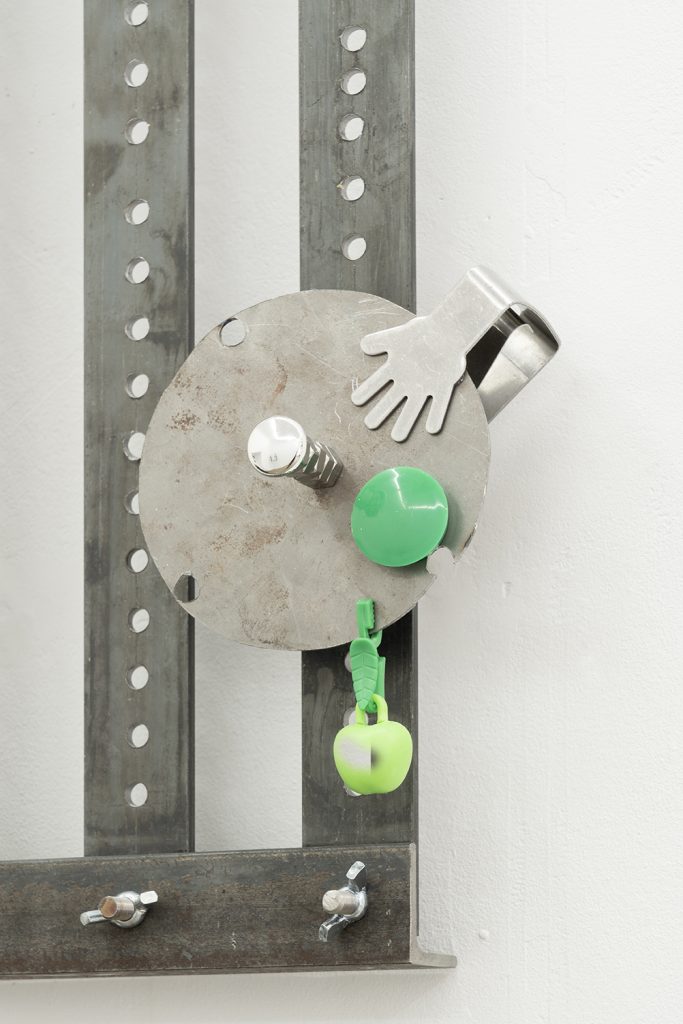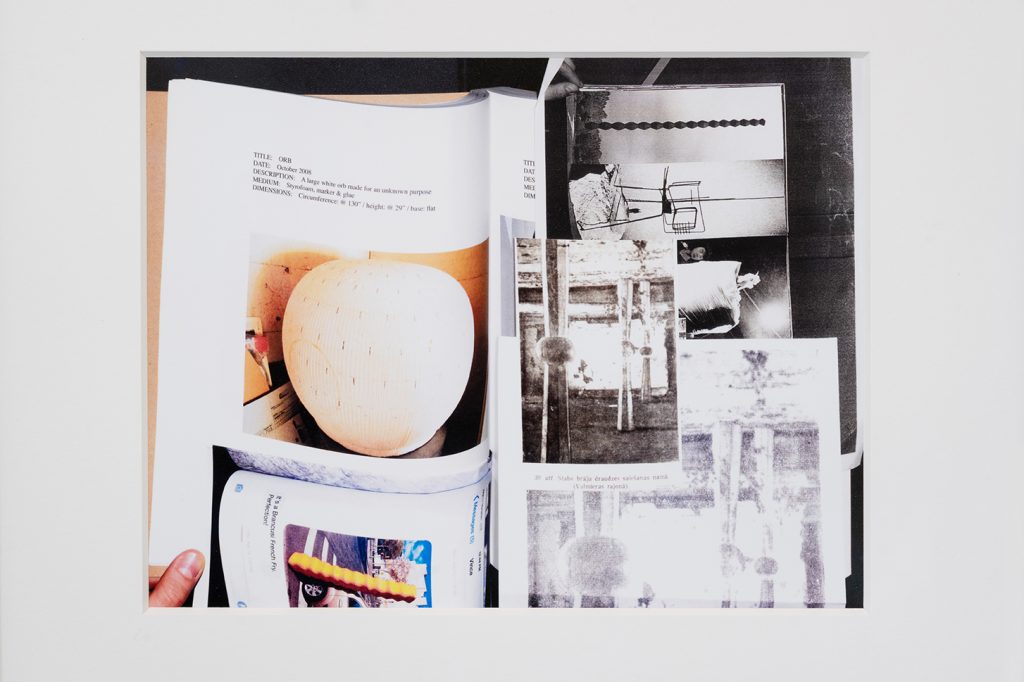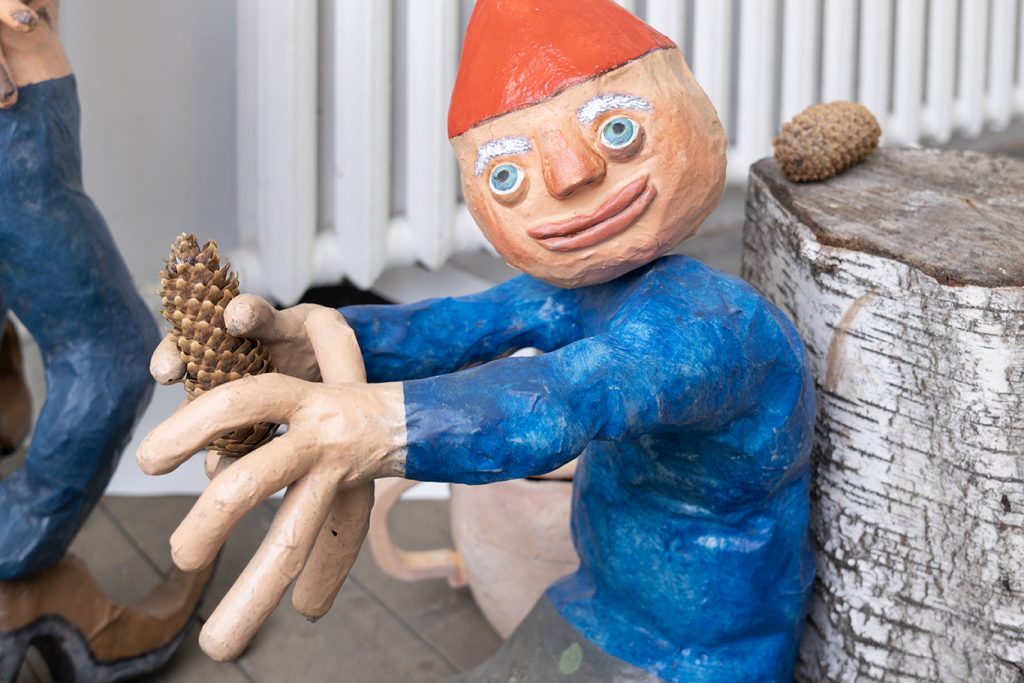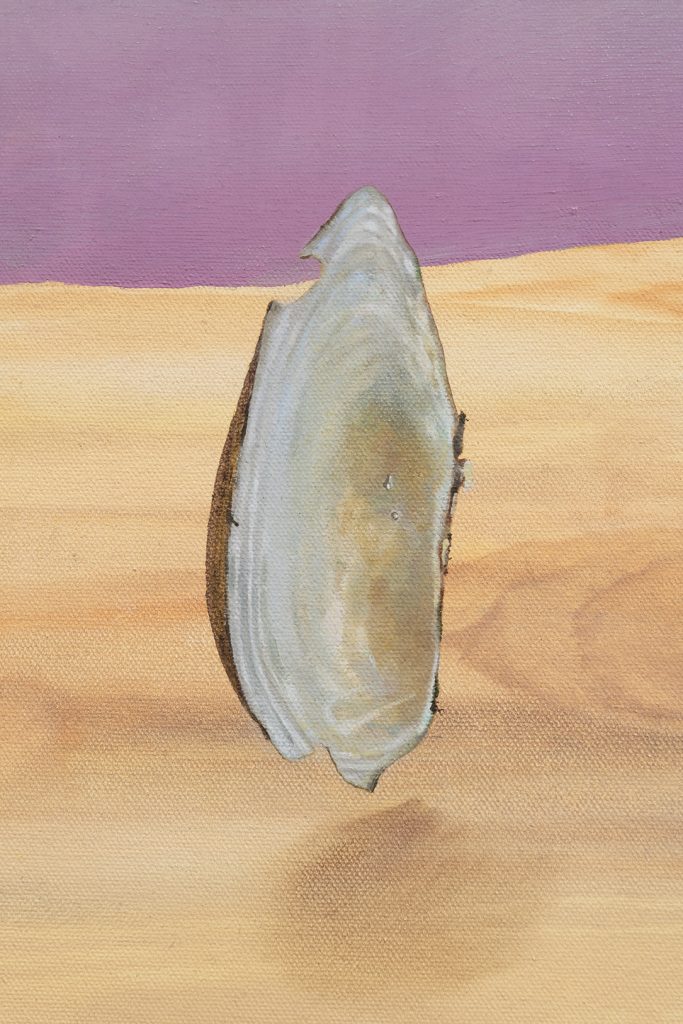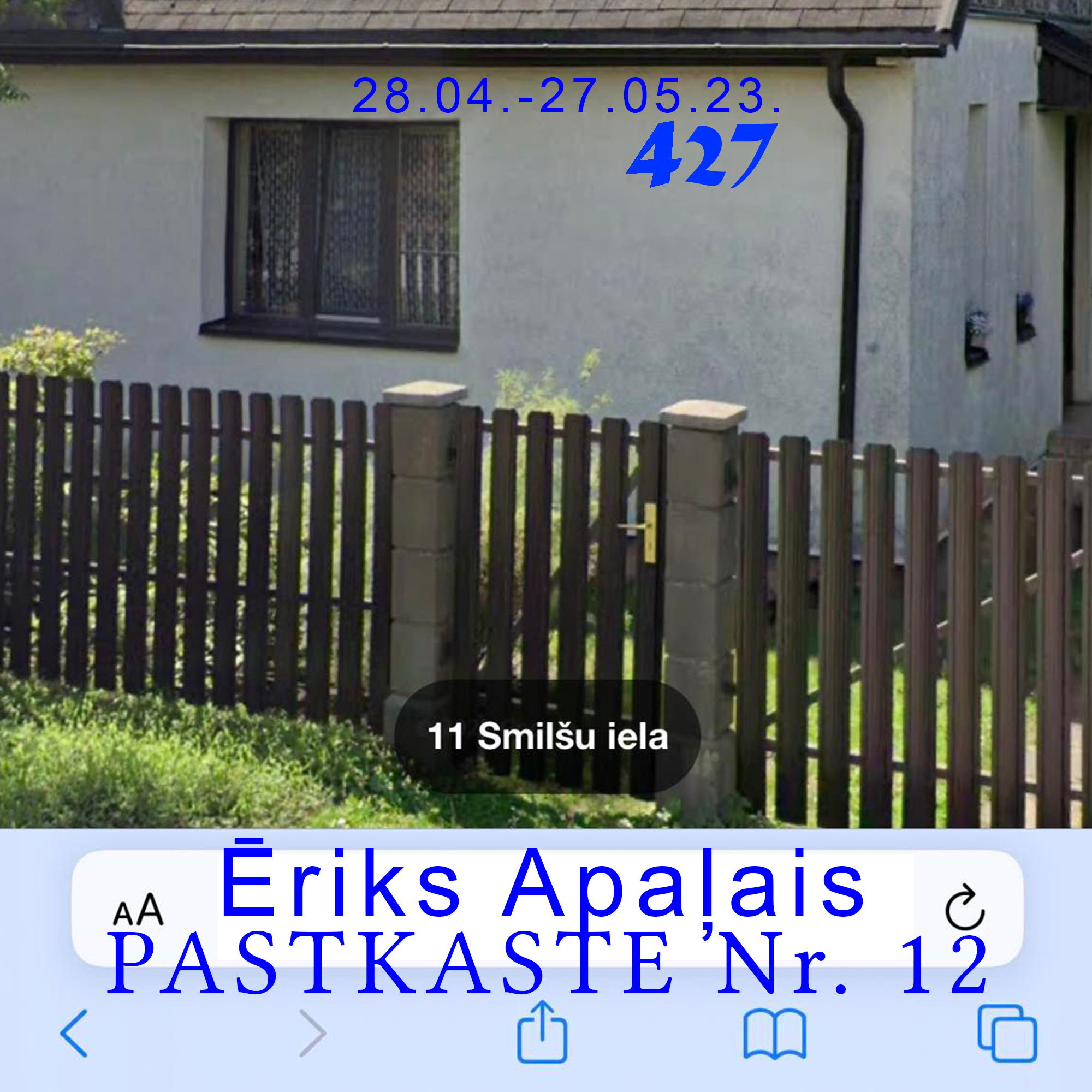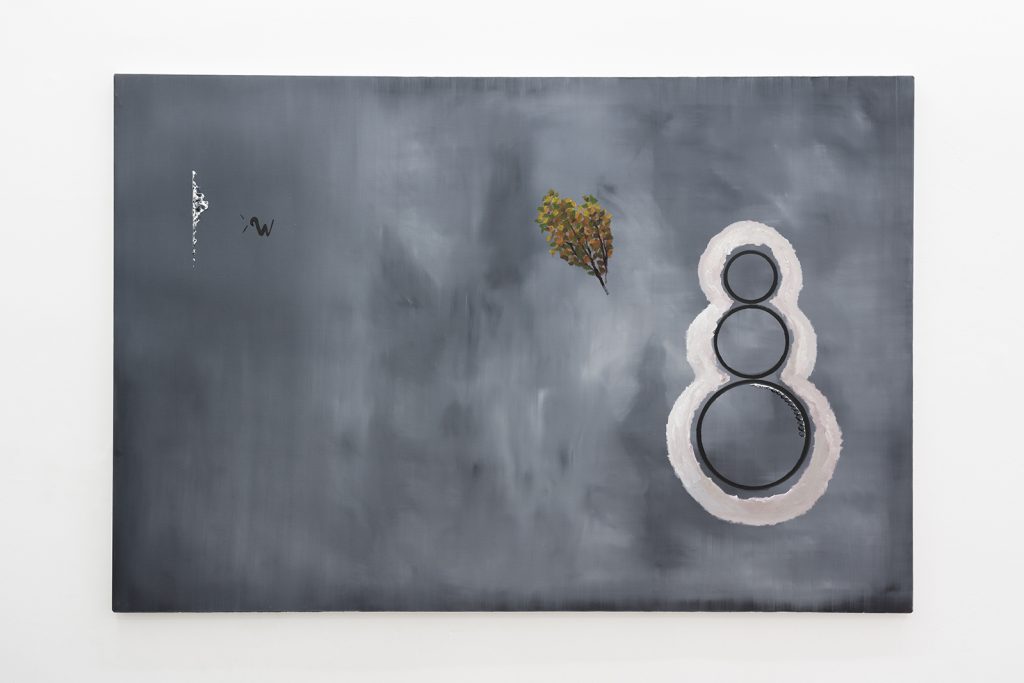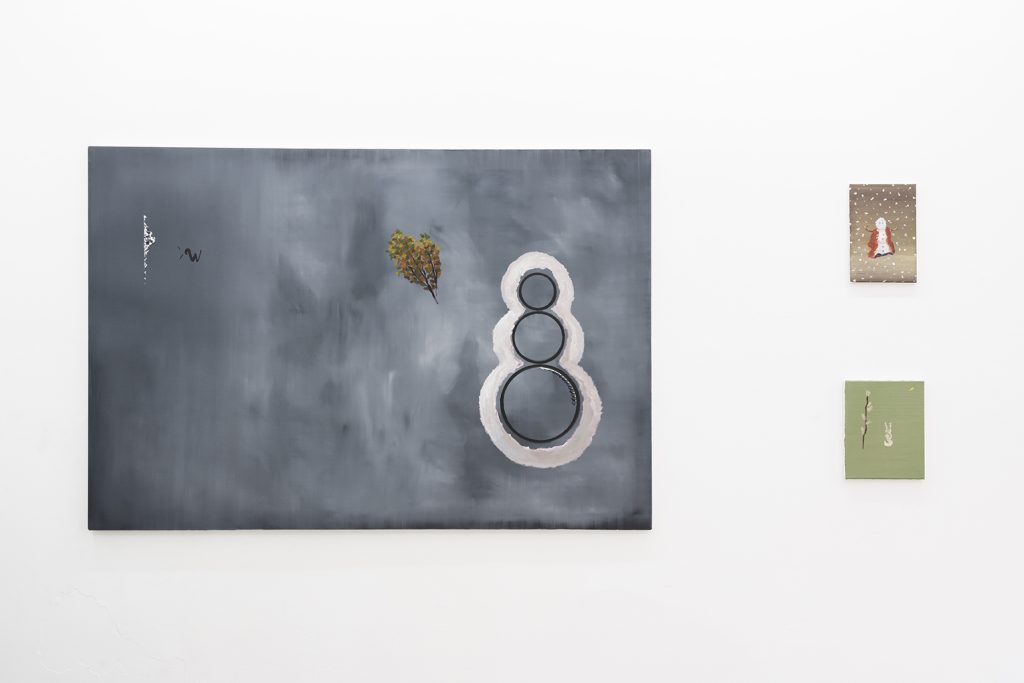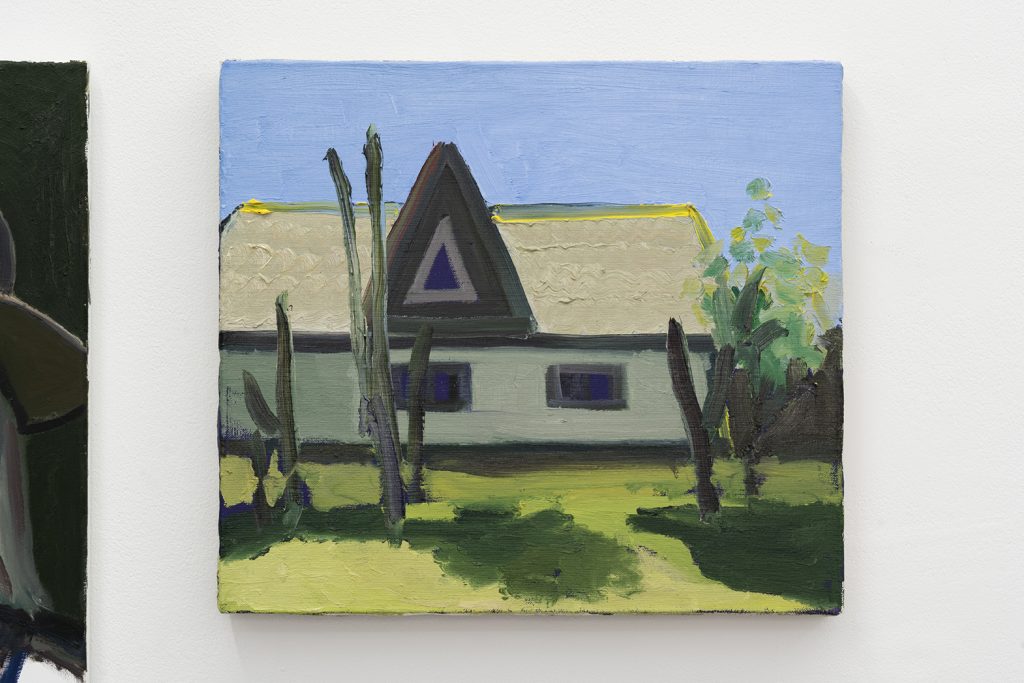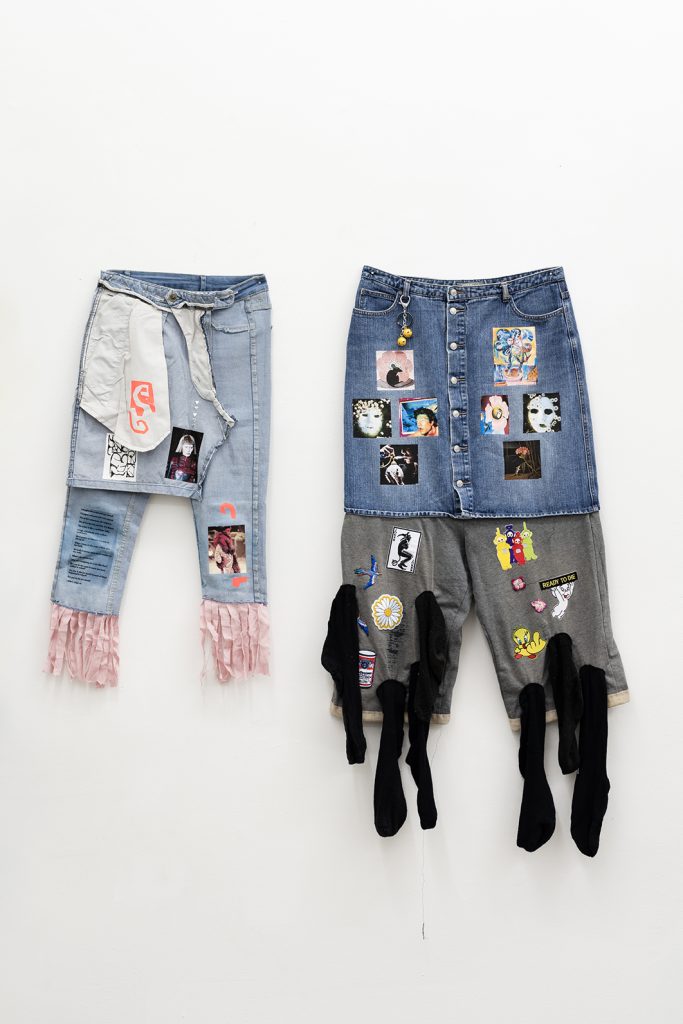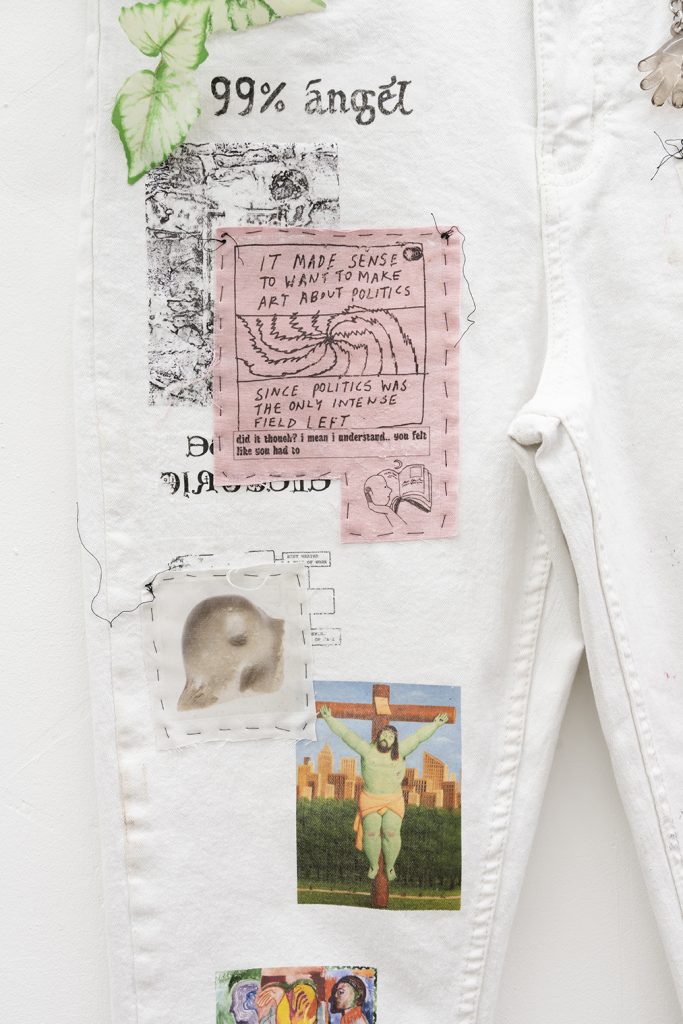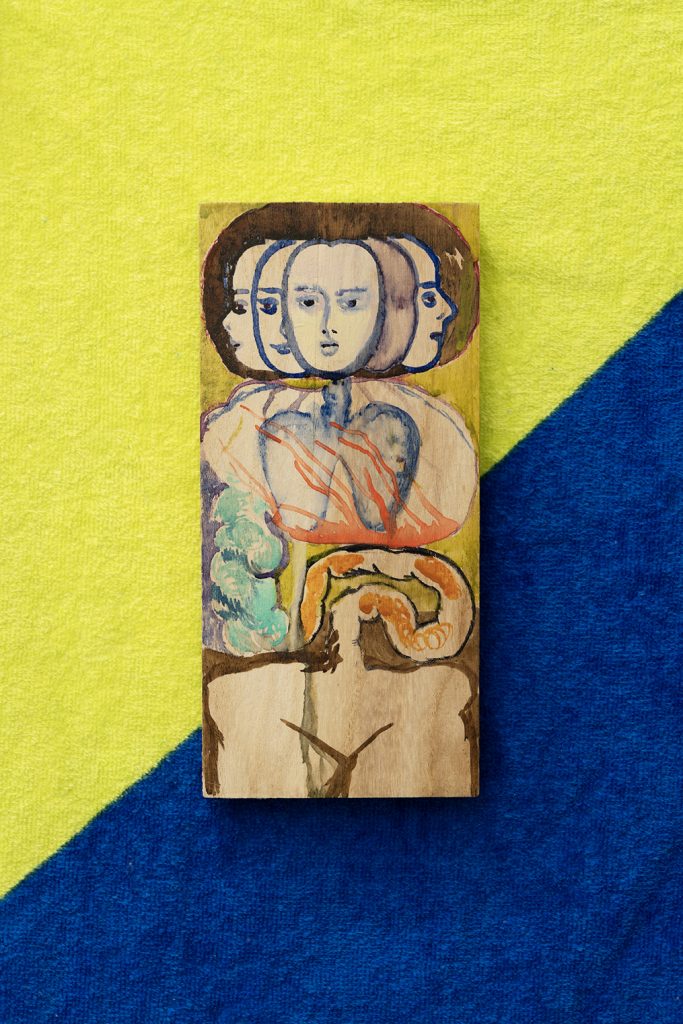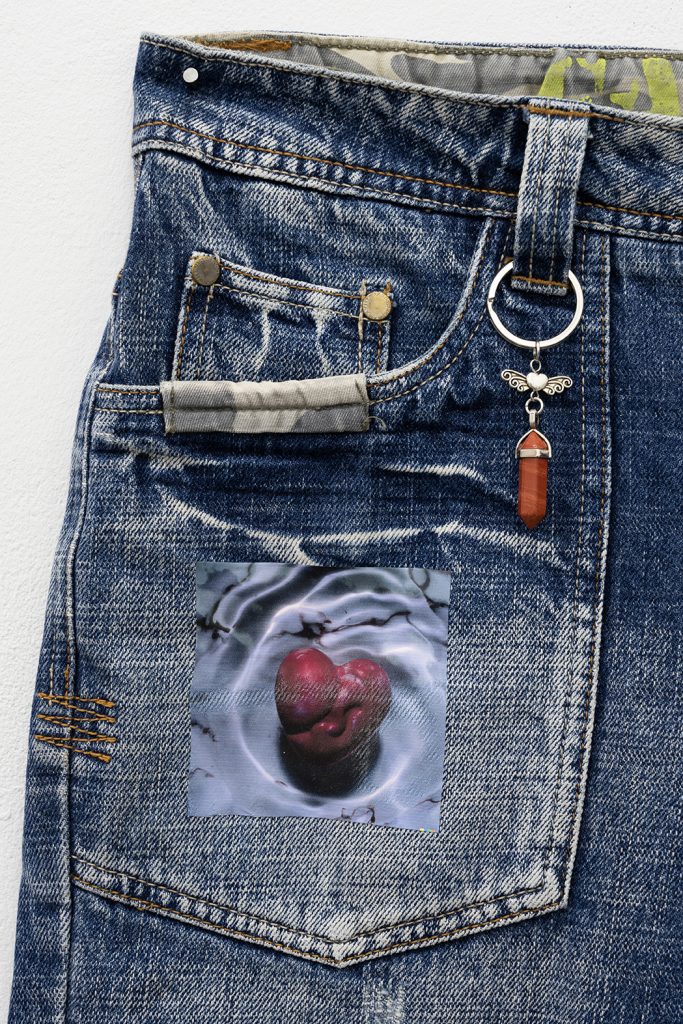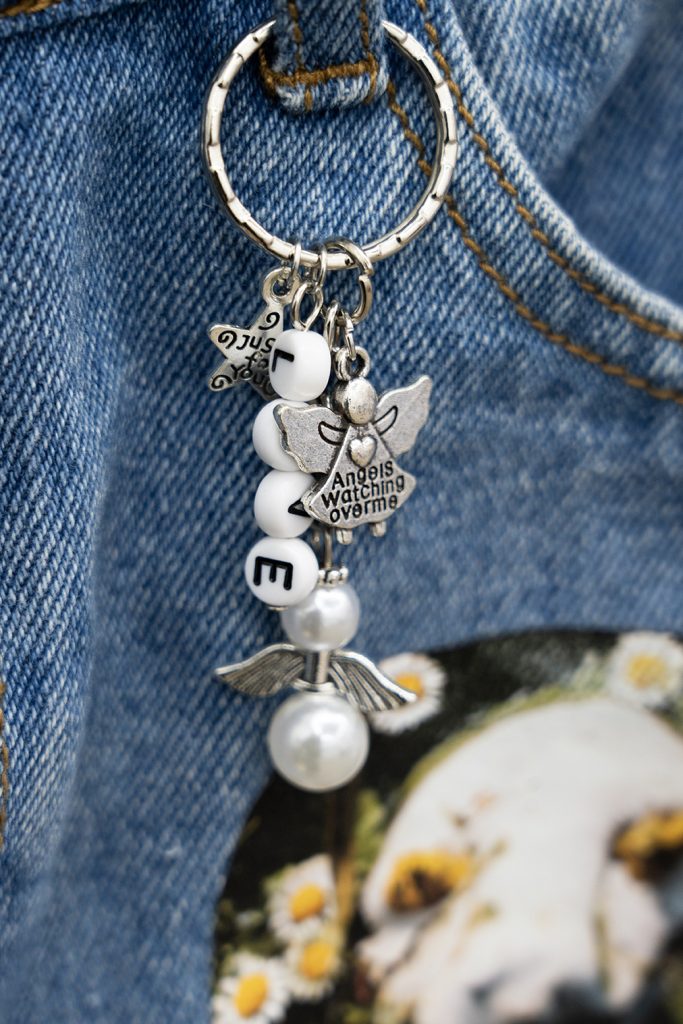Serenade of Shadows
Masha Kovtun, Olga Krykun
26/10 – 23/12/2023
Serenade of Shadows
Trauma is a strange animal. Sometimes it’s linked to a singular event. Other times it spans over long, blurry periods of time. It can be collective, but it’s always isolating. Trauma lingers. It plays the long game. It tells us we’re not safe, or that something terrible is about to happen. We wait for that thing to happen to us, and even when it doesn’t, we keep waiting. Sometimes if we wait long enough, our fears start to take shape and follow us into our waking reality. Maybe you mistake a man walking down a crowded street with a camera for a soldier with a loaded gun. Maybe every time your phone rings, you wince in anticipation of bad news. Maybe the shadows from the tree outside the window on your bedroom wall become more threatening as each nightly hour passes, and you can’t fall asleep. Your sense of the past and present is breaking, and there’s no longer a here and there, but one big same, unstable place that we’re all falling into.
But shadows can also just be shadows. If it’s so easy for them to transform into the material of our nightmares, then we can turn them into other things too, all kinds of things. For example, I’ll stretch out my arm and make the shape of a rabbit with my two fingers. You do the same, but try to make it look like a barking dog. The lamp light is soft so the shadows are a bit blurry, but it doesn’t matter anymore. We continue like this, making up our story as we go, until we finally fall asleep.
The exhibition Serenade of Shadows is a dual effort conceived by artists Olga Krykun and Masha Kovtun. Within their work, both artists explore themes of nostalgia, longing, and an unending search for identity. More recently, they have begun to explore the physical and psychological ramifications of life during wartime. As Ukrainian artists living abroad, themes of uncertainty, isolation, and hyper-vigilance come to the fore. Serenade of Shadows is imbued with the artist’s nuanced introspections, blurring the edges of reality and escapist fantasy.
– Christina Gigliotti
Masha Kovtun (b. 1993) graduated with a Bachelor’s degree in the painting studio of Jiří Černický and Michal Novotný at the Prague UMPRUM, where she is now continuing her master’s studies in the studio of Fine Arts III under Michal Pěchouček and Dominik Gajarský. She also spent a study internship at the Angewandte in Vienna (Henning Bohl painting studio). In Ukraine, where Kovtun comes from she earned a bachelor’s degree in architecture at PGASA. She works in the medium of installation consisting of painting, video and sculpture with an emphasis on the mutual understanding of nostalgia with melancholy and the search for one’s own identity, determined by the specificity of the situation of an immigrant living in Prague for a long time. Her work relates to the theme of home in the broadest sense of the word, as a loss of intimacy and security in a world based on the endless flow of a present becoming rapidly obsolete. Masha Kovtun’s work has been presented in a number of independent galleries in the Czech Republic, as well as abroad, for example at the Lubov Gallery in New York.
Olga Krykun (b. 1994, Odesa, Ukraine) received her bachelor’s degree from the Academy of Arts, Architecture and Design in Prague (Studio of Supermedia) and pursued her master’s degree in the Studio of Painting, which she received in 2021. Her thesis was nominated for the StartPoint Prize. During her studies, she completed international internships at T.E.I. in Athens, The Department of Photography and Audiovisual Arts, Konstfack – University of Arts, Crafts and Design in Stockholm and National Taiwan University of Arts. In 2022 she became a holder of Jindřich Chalupecký Award. Olga Krykun uses diverse types of media in her artwork, including painting, objects and video, which she subsequently assembles to create complex installations. By combining elements of fictional narratives with references to real cultural and socially relevant symbols, she invents a self-contradicting mythology of our day-and-age. She works with topics such as identity, fragmentation of society, tension as a result of the personal discrepancy, and fear as a response to that. Her practice is strongly rooted in intuition, emotion and personal experience, the elements of which are approached with a distinct visual style and specific aesthetic, making her works reminiscent of surreal visions or a kind of dreamlike trance, resulting in a highly suggestive viewer experience.
Support: VKKF, Rīgas domem Malduguns










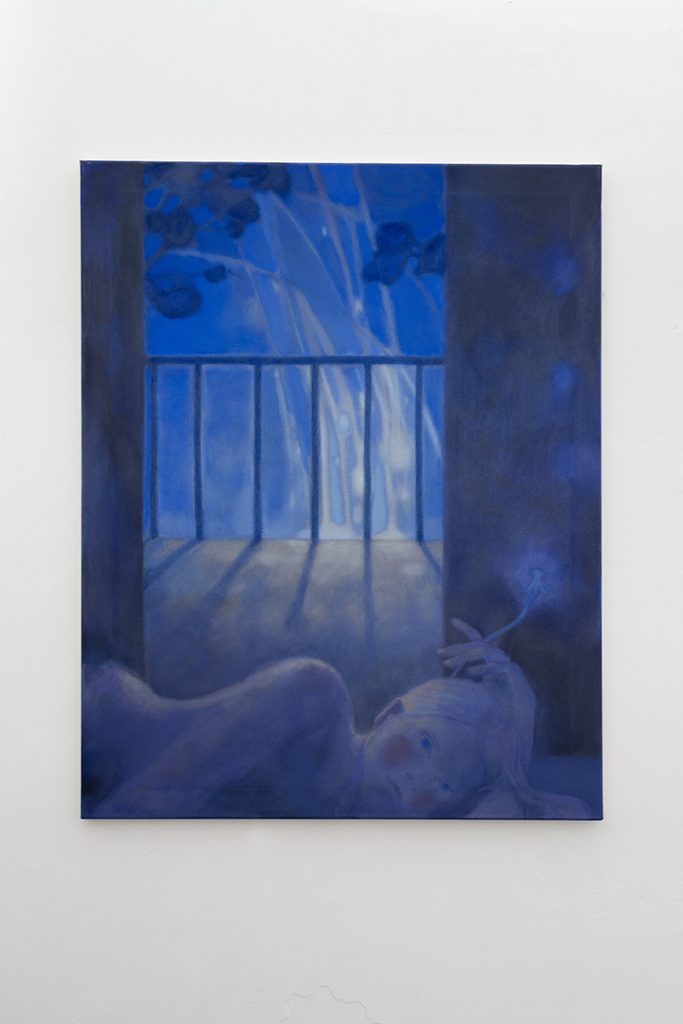








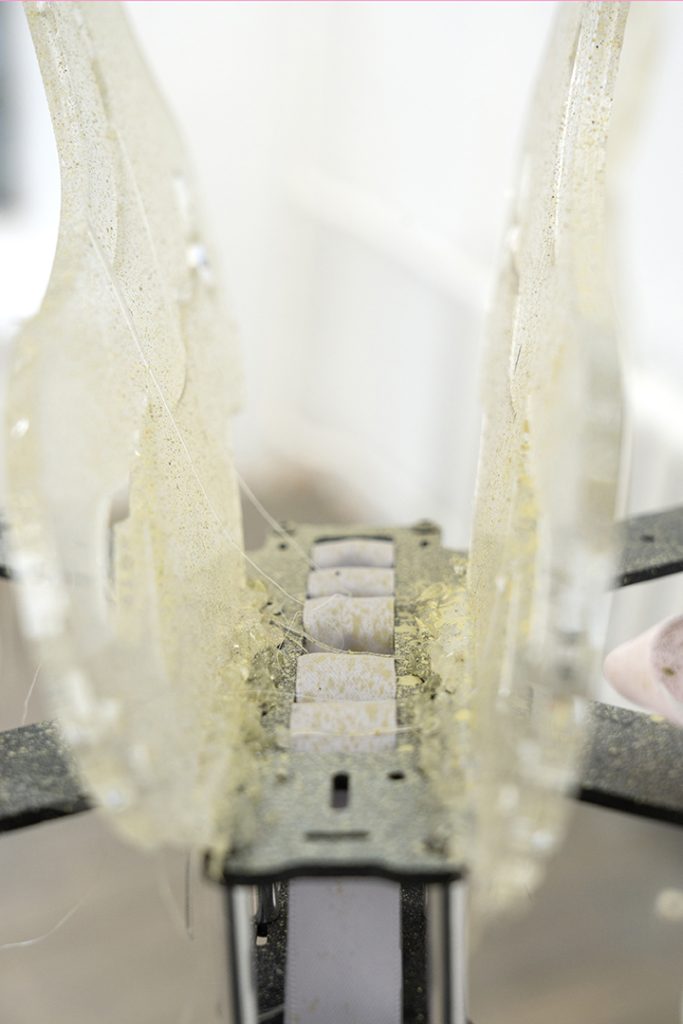



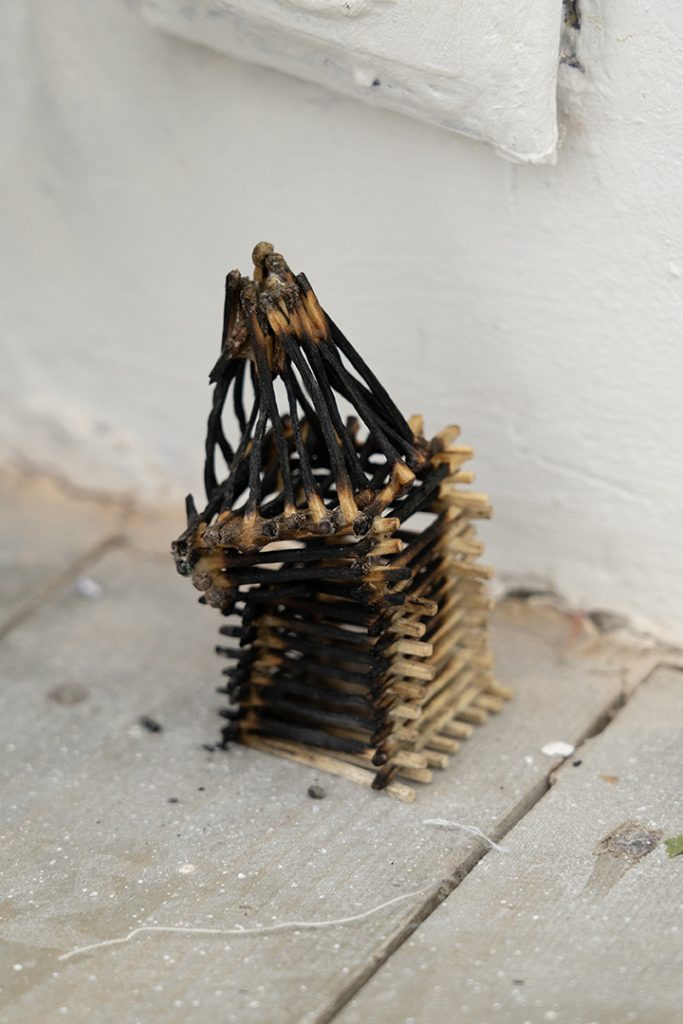
Photo: Līga Spunde







































